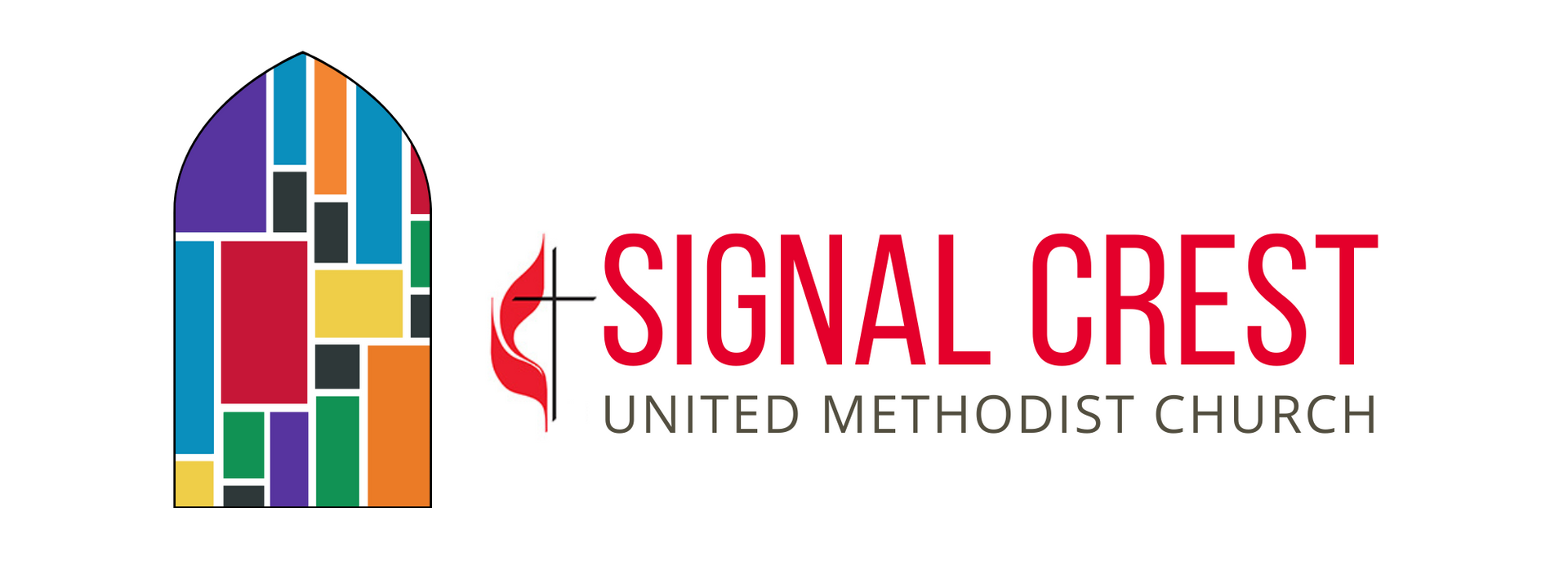I'd Be Curious to Know
Author name
Midweek Message
“I’d be curious to know…”
This simple phrase can be incredibly helpful whenever we encounter someone who
thinks or feels very differently about something than we do. It’s a phrase that Jim
Henderson and Jim Hancock recommend in their book 3 Practices for Crossing the
Difference Divide.
The authors acknowledge the deep division and polarization in our society. We don’t
really talk to those on the other side of whatever differences divide us. We don’t trust
each other. Instead, we traffic in stereotypes and labels. We’ve lost our sense of
curiosity and wonder. And sadly, it seems some are resorting to using their weapons
more than their words. These authors are trying to coach us in some very practical ways
that we can use our words to connect across the chasms between us.
For several years, they have used what they call “3Practice Circles” in a variety of
organizational and institutional settings to create safe spaces for people to talk about
sensitive subjects like race, gender, faith, and politics. The aim of these circles is not
agreement. It’s not to try to get anyone to change their minds or to prove anyone wrong.
It’s simply to listen, understand, and stay connected across our differences.
These circles—whether in-person or online—follow the same format. They start with an
effective “framing question” about the topic to be explored. Then participants are given
up to two minutes each to respond to the framing question if they want to (no one is
required to respond). Then the others in the circle can respond to the speaker with a
“clarifying question.” This is where the phrase “I’d be curious to know…” is used. The
purpose of the clarifying questions is not to argue or attack but to better understand the
speaker’s perspective. Then the speaker has up to a minute to respond to that question.
When everyone has had a chance to ask a clarifying question, a new speaker can then
respond to the framing question. And so it goes until everyone has had an opportunity
to respond to the topic. There are a couple of trained referees in the circles who
manage the clock and ensure the responses and questions are appropriate. The circle
closes with participants being invited to say “thank you” to someone else in the group
for something that they shared or the spirit in which they shared it or the courage it took
for them to share it.
One of the great things about this phrase “I’d be curious to know…” is its portability. It’s
not just useful for formal circles but for informal occasions, like when Uncle Bob says
something predictably triggering at the Thanksgiving table, or your kid’s teammate’s
parent says something politically charged on the sidelines, or a fellow church member
offers a different opinion in your small group. It’s a phrase you can try at home!
I’m hoping to participate in one of the upcoming training sessions to help facilitate these
kinds of circles. Let me know if you’d be interested in being trained as well. I imagine we
all can benefit from learning how to cultivate a greater curiosity that can help us better
understand one another across our differences.
For more information on the 3 Practices, visit https://3practices.com.


